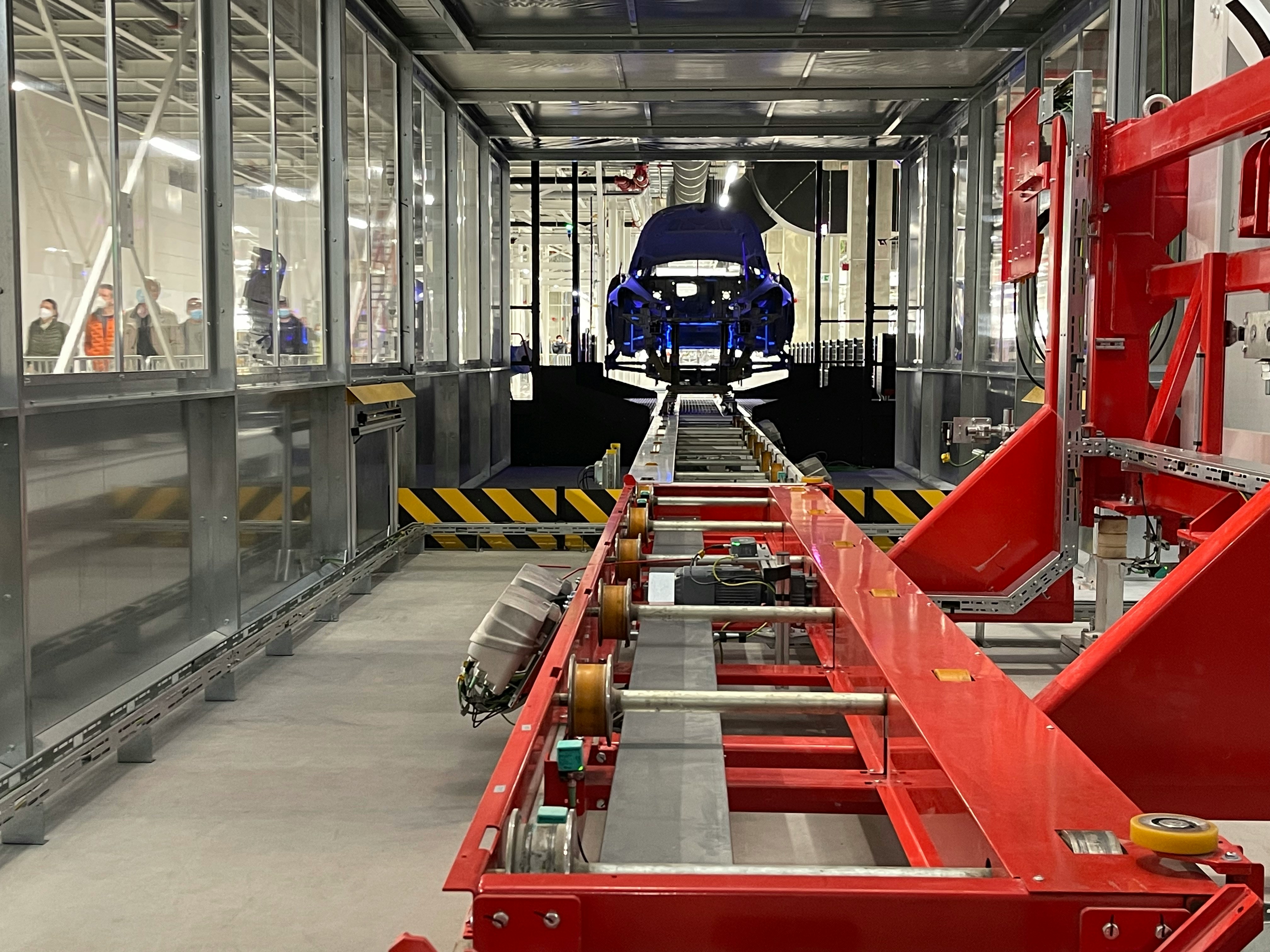
Heavy equipment manufacturers face some of the most difficult and unique supply chain challenges due to the size and complexity of their products. Mathematical optimization is a fundamental tool in addressing these challenges and ensuring that heavy machinery is manufactured most profitably and sustainably.
OSI has a long-standing partnership with one of the world’s premier manufacturers of boom lifts and other lifting/access equipment. The very building that you are reading this from has likely been constructed with the help of our client’s machines. OSI has designed an application that automates their assembly line scheduling. The application is powered by mathematical optimization and fully integrated with the company’s existing planning system.
The importance of effective production scheduling is immense as it has far-reaching impacts throughout the entire supply chain. If a product is scheduled to enter the final assembly line on a certain date based on customer demand, then that date serves as the deadline for all of the parts needed in that final assembly. This means that the production schedule of the parts is determined by the schedule of the final product. The same goes for the sub-parts that make up each part, further propagating the decisions made on the final assembly line to the rest of the supply chain.
Effective scheduling of the final assembly line is foundational to a healthy supply chain. Even if a machine is not scheduled to start final assembly until weeks later, the distant upstream processes are already making decisions based on that decision, meaning that tweaks to the final assembly schedule can be incredibly costly. This is where OSI’s application makes an outsized impact as its schedules are robust and comprehensively follow all schedule requirements and objectives in one go.
For every month, the company creates a list of the number of items of each product they would like to produce. This reflects both demand from existing orders and demand that has been forecasted using separate forecasting software. The assembly line scheduler must then assign each of these items to pre-determined time slots on the assembly line.
While simple in theory, assembly line scheduling is challenging because the model must optimize while balancing many conflicting objectives. Limiting changeovers may push two items to be scheduled together, while at the same time their due dates may be pulling them apart. Additional factors such as building in resiliency to supply chain disruptions and coordinating for limited resource availability across lines adds even more layers to this complicated puzzle.
Balancing these complex tradeoffs between multiple objectives is a common challenge in supply chain planning. OSI’s scheduling application balances these objectives optimally by guaranteeing that there are no other schedules that perform better on each of the objectives. The only way to improve one of the objectives is by sacrificing one of the others.
How the application should balance these objectives depends on the context in which the application is run.
Therefore, OSI’s application makes sure that the weight of each objective is easily adjustable through our client’s planning system. A rigorous yet flexible application is essential to making sure it is delivering value for years to come.
This case study is a perfect example of the following OSI core values